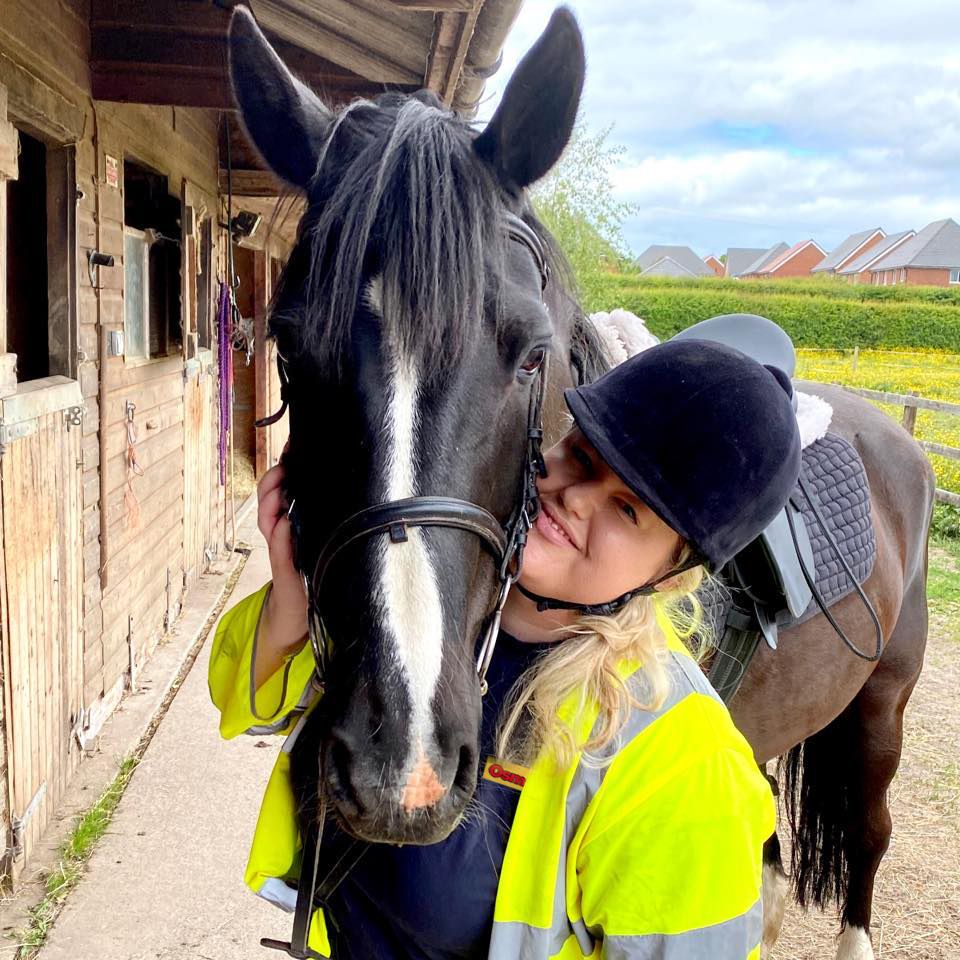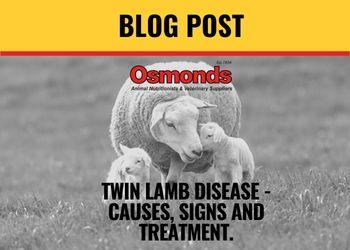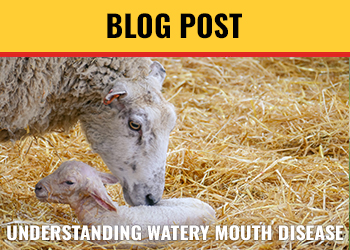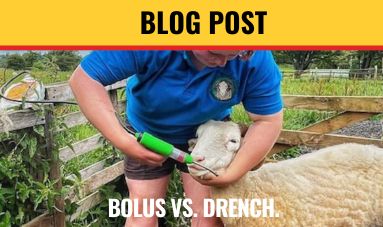UNDERSTANDING BLUETONGUE DISEASE IN CATTLE AND SHEEP
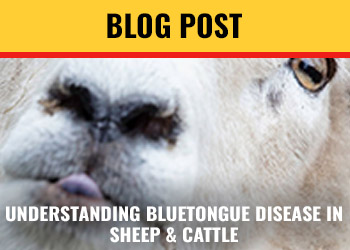
As reported by Farmers Guardian, as of 11th October 2024, APHA said there have been 130 confirmed reports of the virus on farms in England and Wales since August 26 in Cattle and Sheep.
Farmers Guardian (2024) Bluetongue updates: Farmers in almost 20 counties face life in a bluetongue restriction zone, 1 October. Available at: https://www.farmersguardian.com/news/4361142/bluetongue-updates-cambridgeshire-bedfordshire-hertfordshire-london-surrey-west-sussex-restricted (Accessed: 21 October 2024).
What is Bluetongue Disease in Cattle and Sheep?
Bluetongue disease (BTD) is a vector-borne, viral illness that affects ruminant animals like Cattle and Sheep with the Bluetongue virus (BTV) and is transmitted by biting midges (Culicoides species).
Bluetongue is a serious concern for livestock farmers and livestock owners, particularly in warmer regions where midges thrive.
The disease is named for one of its most typical symptoms; Cyanosis/a Bluetongue caused by poor blood circulation. It is, however, important to note that this symptom doesn’t appear in all cases and can vary depending on animal species and the specific type of BTV associated.
How Does Bluetongue Spread?
The Bluetongue virus is primarily spread by the bite of infected Culicoides midges which are small, blood-feeding insects. These midges thrive in warm, moist environments, especially near stagnant water where they breed. The virus cannot spread directly from one animal to another without the involvement of these insects, which makes the disease seasonal and dependent on midge activity. A warm and wet UK summer is the perfect environment for midges to thrive.
Bluetongue can also be spread through the movement of infected animals. Cattle and Sheep that have been bitten by infected midges can carry the virus to new areas, making it crucial to monitor and control livestock movements during outbreaks.
Symptoms of Bluetongue in Cattle and Sheep
The symptoms of Bluetongue vary depending on the species affected. Sheep, being more susceptible to the virus, often display more severe clinical signs, while Cattle may show mild or no symptoms but can still act as carriers.
What are the signs of Bluetongue in Sheep?
- High Fever – The first noticeable sign is a sudden spike in body temperature, often exceeding 40.5°C.
- Swollen Face and Tongue – The tongue may appear swollen and blue due to restricted blood flow, though this symptom does not always present itself.
- Oral Lesions – Ulcers and sores can develop in the mouth, particularly on the tongue and gums.
- Nasal Discharge – A thick discharge from the nose is common.
- Lameness – Painful swelling around the hooves can lead to lameness.
- Breathing Difficulties – Fluid buildup in the lungs can cause respiratory distress.
- Weight Loss – Infected Sheep may lose appetite, leading to rapid weight loss and weakness.
- Stillbirths – Infected Ewes may suffer stillbirths, abortions and deformities of the developing lamb.
- Death – Severe infections can result in death, especially in young or poor livestock.
What are the signs of Bluetongue in Cattle?
- Mild Fever – Cattle may experience a slight increase in temperature.
- Salivation – Excessive drooling or foaming at the mouth can occur.
- Oral Ulcers – Lesions may develop in the mouth, though they are generally less severe than in Sheep.
- Lameness – Swelling and redness at the coronary band of the hooves can cause intense discomfort and lameness.
- Reduced Milk Production – Infected dairy cattle may show a decline in milk yield.
- Reproductive Issues – Cows in calf may suffer from abortions or give birth to calves with congenital defects, such as brain malformations.
How is Bluetongue Disease Diagnosed?
Accurate diagnosis of Bluetongue involves a combination of clinical observations and laboratory testing. Since the symptoms can resemble other diseases, a veterinarian will often collect blood samples for polymerase chain reaction (PCR) testing to detect the presence of the virus.
What is the Treatment for Bluetongue?
There is no definitive antiviral treatment for Bluetongue disease, so supportive care is essential. For infected animals, farmers should provide access to plenty of fresh water, quality feed and reduce stress as much as possible. Anti-inflammatory drugs may help symptoms like fever and swelling, while antibiotics can be used to treat secondary bacterial infections that can occur.
Isolating infected animals and minimising movement within the herd/flock can prevent the disease from spreading further, though controlling the midge population is the most effective way to prevent transmission.
How do I Prevent Bluetongue?
Preventing Bluetongue disease requires a varied approach, focusing on vaccination, midge control and effective livestock management. Below are key strategies for preventing Bluetongue outbreaks in cattle and sheep:
- Vaccination Programs – Vaccines are available for some strains of BTV making them a critical tool in managing Bluetongue, however, because there are over 27 known serotypes, the vaccine must match the strain circulating in the region.
- Midge Control – Reducing exposure to midges is one of the most effective ways to prevent the spread of Bluetongue. Common practices include:
- Applying insecticides to animals and farm buildings.
- Draining stagnant water sources where midges breed.
- Keeping animals indoors during peak midge activity times (morning and evening).
- Using fans or other mechanical methods to disrupt midge flight patterns in livestock housing.
- Restrict Movement of Livestock – During outbreaks, it’s crucial to restrict the movement of animals from affected areas to prevent the virus from spreading to new regions. Strict biosecurity measures should be in place for transportation, showing and livestock sales.
- Monitoring and Early Detection – Regular monitoring for Bluetongue virus in livestock populations helps farmers and agricultural authorities detect outbreaks early, enabling timely vaccination and control efforts. In high-risk areas, routine testing is essential for tracking the spread of different BTV strains.
Bluetongue disease is a serious threat to livestock, especially Sheep in regions where midges thrive. Although Cattle often show milder symptoms, they play a crucial role in transmitting the virus.
By staying informed about the disease and implementing preventative strategies, farmers and livestock owners can protect their flocks and herds to help minimise the economic impact of Bluetongue. Early detection, rapid response, and preventive care are key to managing this viral disease and maintaining a healthy, productive livestock operation.
How do I Report Suspected Cases of Bluetongue?
If you suspect Bluetongue in your livestock, it is crucial you report it immediately. For more information, please visit https://www.gov.uk/guidance/bluetongue for the most recent updates from DEFRA and APHA.
Please be aware that Bluetongue is a notifiable disease. By not reporting it, you’re breaking the law.
If you have any questions or queries regarding Osmonds products, please feel free to call our office on 01948 668100, email [email protected] or visit our website www.osmonds.co.uk to view our full range for Livestock.


